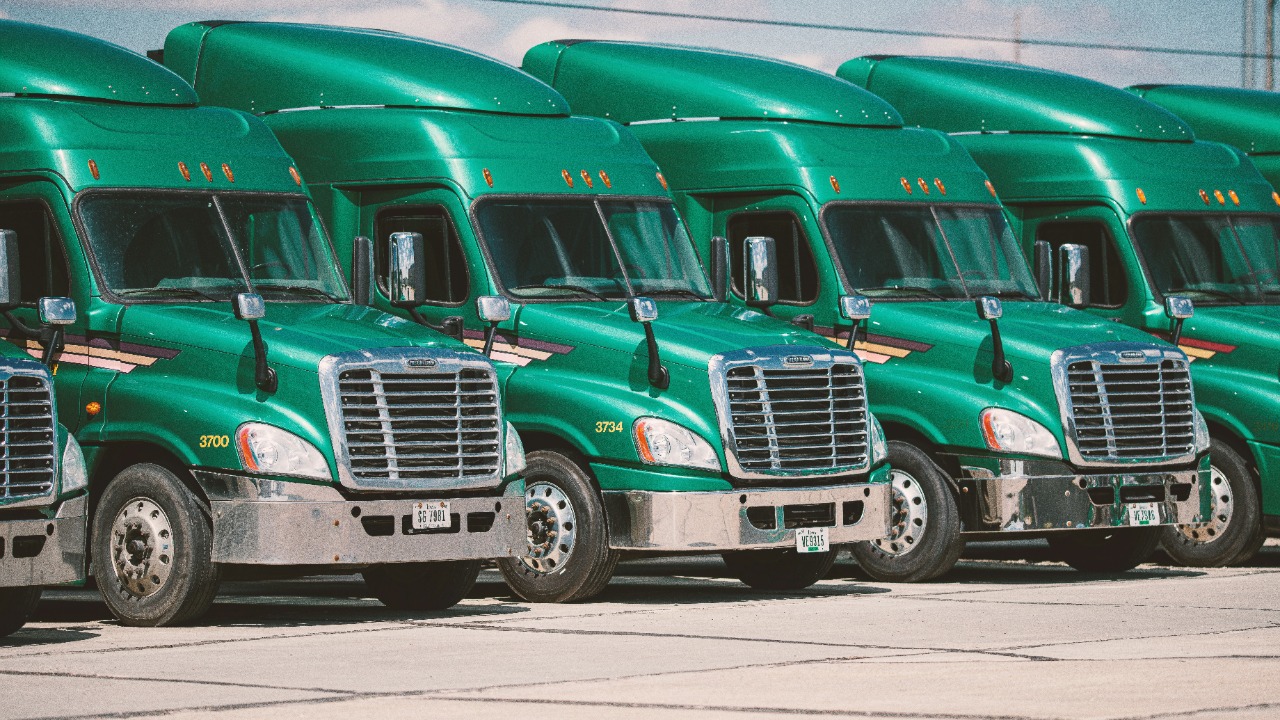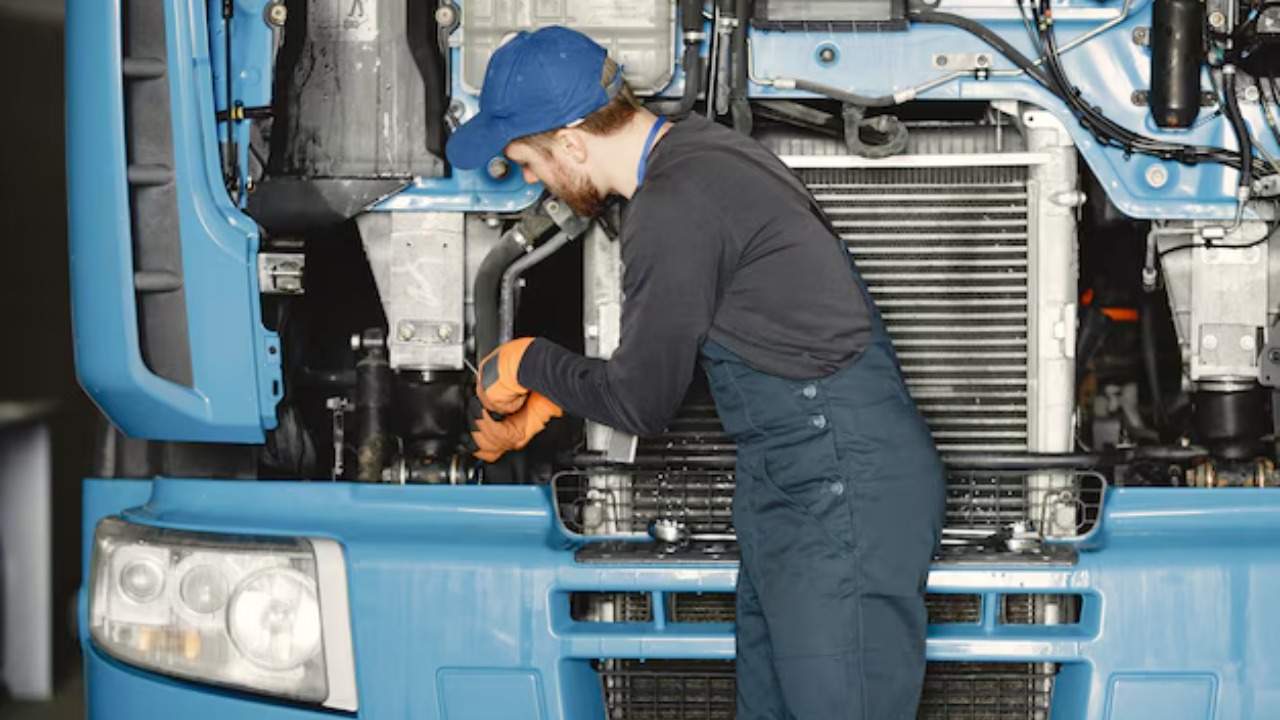
The rising cost of trucks is an ongoing concern for consumers, with prices steadily climbing over the past decade. Several factors contribute to this trend, including economic policies, technological advancements, and consumer demands. Understanding these trends is crucial for buyers navigating the current automotive market landscape.
Impact of Tariffs and Trade Policies

One of the major contributors to the increasing cost of trucks is tariffs on imported parts. These tariffs, particularly those on auto parts from countries like China, significantly raise manufacturing costs within the U.S. As highlighted in the Top Speed article, these tariffs make it more expensive for domestic manufacturers to produce trucks, leading to higher consumer prices. Additionally, evolving trade policies continue to impact the cost structure of truck production.
Alongside tariffs, trade wars and broader economic uncertainties also play a critical role in driving up prices. According to Investopedia, these tensions disrupt supply chains, leading to increased costs for manufacturers, which are often passed down to consumers. As trade relationships shift and economic policies evolve, the resulting unpredictability can further exacerbate price increases.
Technological Advancements and Innovation Costs

Technological advancements in the automotive industry are another significant factor in the rising costs of trucks. Consumers increasingly demand high-tech features such as advanced safety systems and connectivity, which drive up production expenses. As detailed in the Gear Patrol article, integrating these technologies into vehicles not only requires significant investment but also increases the overall manufacturing costs.
Moreover, the push towards electric and hybrid technologies contributes to higher prices. Developing and incorporating these systems into new truck models necessitates substantial investment. This shift is driven by the need to meet stringent environmental regulations and consumer expectations for greener vehicles. As manufacturers allocate resources towards these innovations, the costs are reflected in the sticker prices of trucks.
Increased Demand and Market Trends

The growing popularity of trucks and SUVs has also influenced their pricing. As consumers increasingly favor these vehicles for their versatility and capacity, demand has soared. Insights from the Gear Patrol article highlight how this burgeoning demand allows manufacturers to justify higher prices, as consumers are willing to pay premiums for vehicles that meet their lifestyle needs.
In addition to the increased demand, there is a notable trend towards luxury and premium truck models. Consumers are increasingly interested in upscale features and are willing to pay more for enhanced comfort and technology. Manufacturers capitalizing on this trend result in a market shift where higher-end models drive the average cost of trucks up.
Rising Costs of Raw Materials

Fluctuations in the prices of raw materials such as steel and aluminum are a key factor in the cost of trucks. Changes in these material costs directly impact the automotive industry, as detailed in a JSTOR study. When these prices rise, manufacturing expenses increase, which is reflected in the final price of trucks.
Global supply chain disruptions, particularly those exacerbated by the COVID-19 pandemic, have further increased material costs. These disruptions lead to delays and shortages, driving prices up and impacting the overall cost structure of truck production. Consequently, consumers face higher prices due to these compounded challenges within the supply chain.
Maintenance and Ownership Costs

The complexity of modern trucks contributes to higher maintenance and repair costs. As vehicles become more technologically advanced, the expenses associated with their upkeep also rise. Insights from Outside Online’s guide suggest that these increased maintenance costs are an important consideration for potential truck buyers.
Beyond immediate purchase costs, the long-term expenses of owning a truck, including insurance and fuel efficiency, play a significant role in the perceived expense of owning a truck. These factors influence consumer purchasing decisions, as buyers must consider the cumulative cost of ownership over time when evaluating the true expense of a truck.